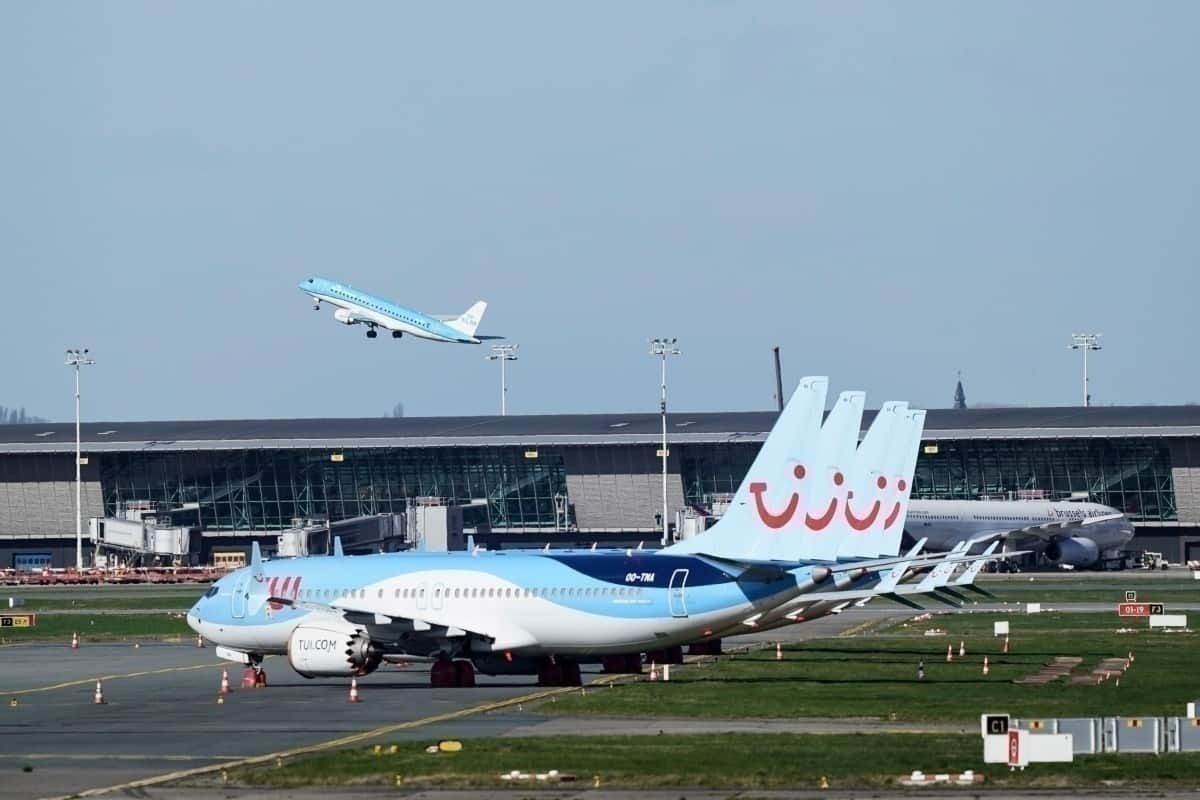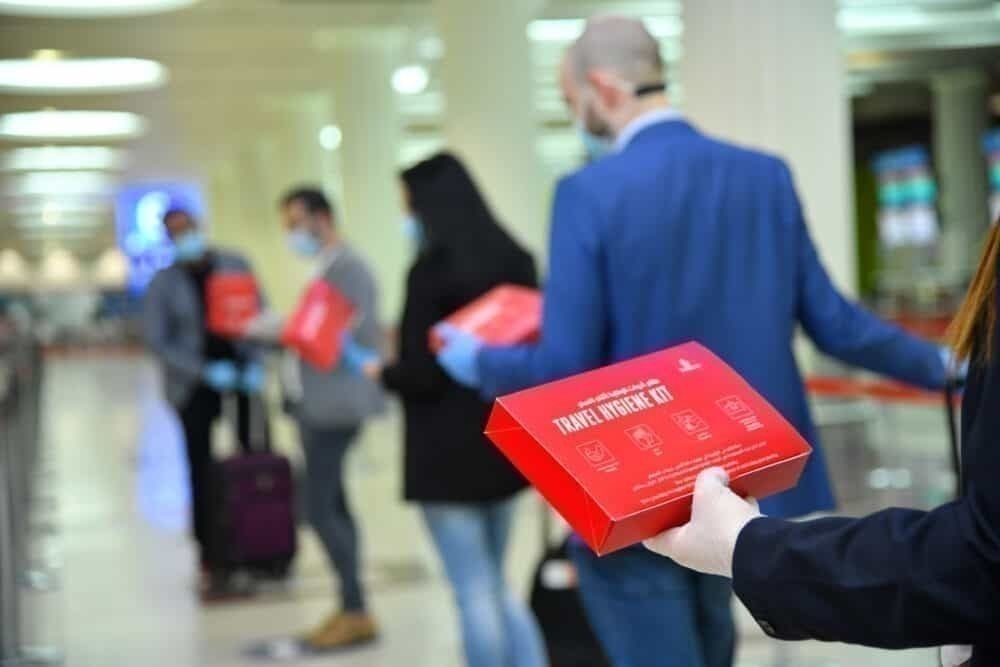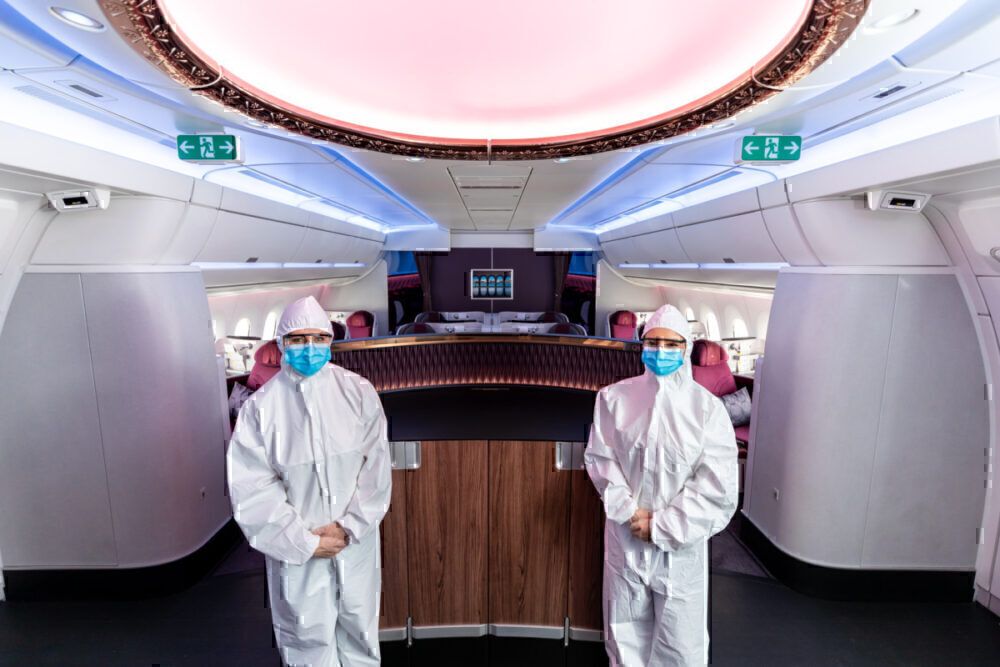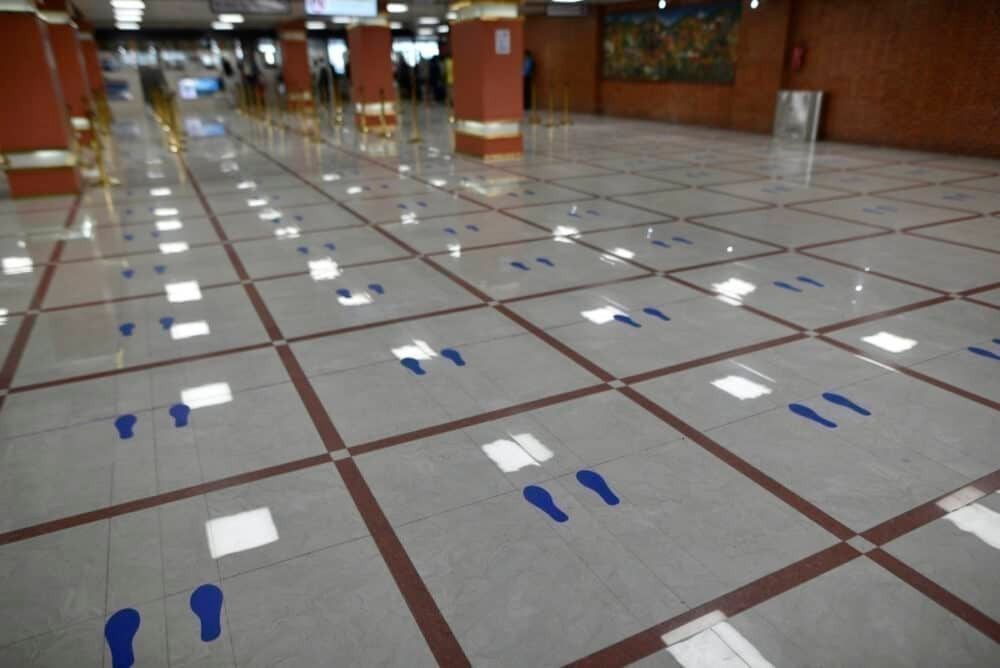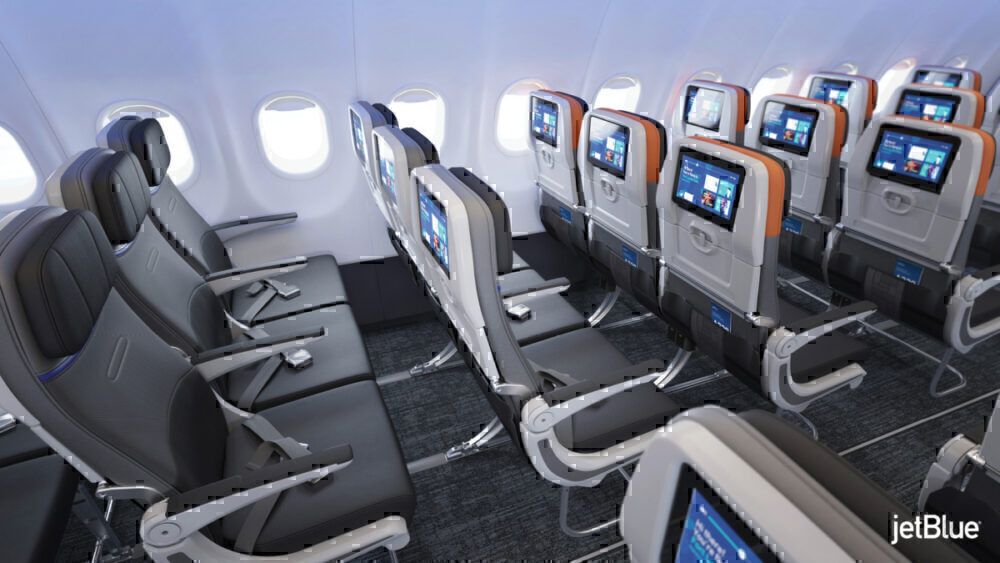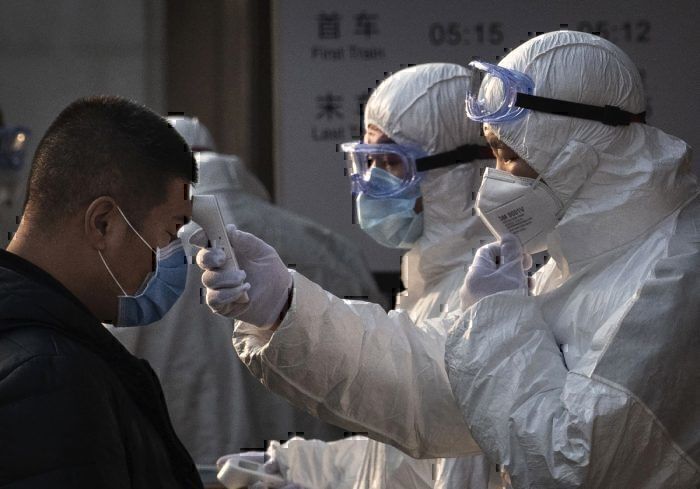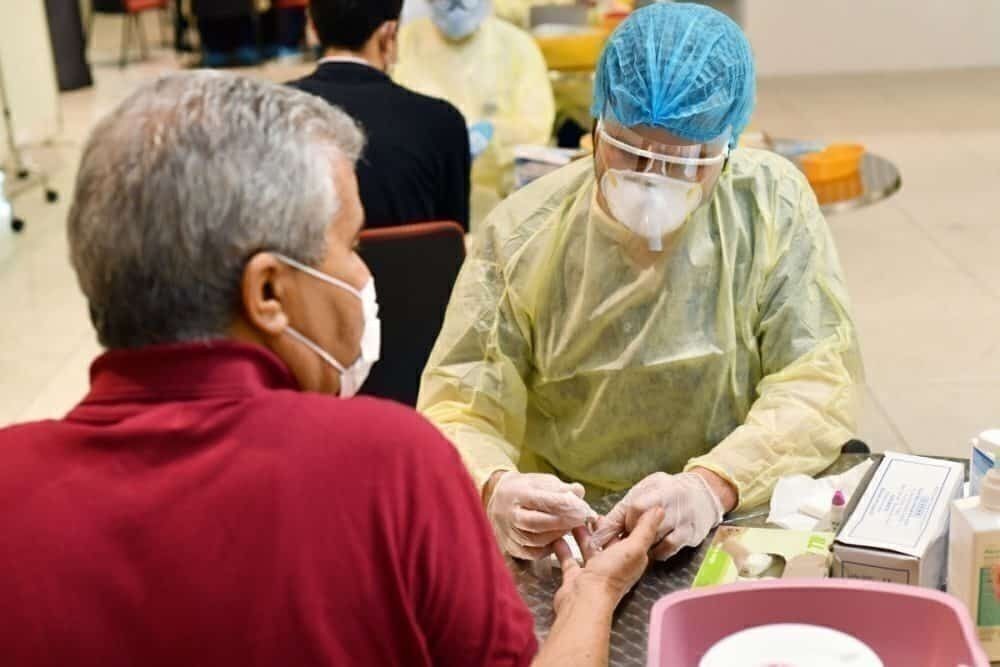As the world slowly emerges from months of restrictions, passenger air travel is set to resume soon. However, the experience of traveling will likely be very different in the era of social distancing and medical tests. As airlines begin resuming their flights, what will passenger travel look like in the near future? Let's find out.
Protective equipment to remain a must
One of the most significant changes in the travel experience will be the prevalence of masks and other protective equipment. Airports around the world have mandated the use of masks by everyone traveling. Some have gone beyond and added the need for gloves and face shields to ensure further safety.
Airlines have followed suit with similar requirements. Passengers are required to wear masks upon boarding and throughout the flight, except when eating presumably. Some airlines also need passengers to change masks every few hours and wear gloves.
Meanwhile, airlines are providing their flight crews with personal protective equipment (PPE) and even redesigning uniforms altogether. This has been done since flight crews remain at a high risk of infection due to contact with multiple passengers. The presence of cabin crew in full PPE will likely be a bit shocking as you board your first flight in months.
As with all restrictions, things are variable depending on your airline, departure, and arrival airports. For instance, US airports do not require masks at the airport, whereas Hong Kong airport requires all passengers to undergo a coronavirus test upon arrival. Similarly, some airlines are refraining from enforcing the mandatory mask rule, while others refuse to board passengers without one.
Passengers can expect a very different experience depending on their airline and route. In general, international flights attract a lot more safety measures than shorter domestic routes.
Social distancing, wherever possible
The coronavirus has brought with it a series of 'social distancing' measures. As the name suggests, people are expected to leave an adequate distance, usually 1.5 or 2 meters, between each other.
At the airport, this translates into spaced out check-in and security queues. Several airports have added stickers on the floors to mark where individuals must stand to maintain social distancing. Aside from spaced out lines, passengers can also expect certain amenities, such as lounges, to remain closed or to operate with reduced service.
However, these are concerns about how social distancing will be enforced once passenger numbers return. Right now, major airports have seen over a 95% drop in passenger numbers, making social distancing easy with only a handful of passengers. However, as travelers return, airports have warned that social distancing will become much more difficult.
The story on the flight is much more different. Some airlines have committed to leaving the one seat empty in economy, only selling the window and aisle seats. Leaving the middle seat empty reduces contact between passengers and might provide them with more confidence while traveling.
However, not all airlines have committed to blocking out the middle seat. The reason for this is simple: blocking out one-third of all seats is costly for airlines at a time when they are struggling for revenue.
While low passenger loads mean that leaving a seat empty is possible on many flights right now, that could change depending on the flight, costing airlines much-needed cash. Airlines have instead promised to give passengers space wherever possible, actively moving passengers around to ensure separation.
Medical tests to become the norm
Until such time that we have a coronavirus vaccine, passengers can expect medical tests to remain in place. These measures range from simple temperature checks to full coronavirus tests on arrival. However, as countries hope to save their tourism industries, they are looking at alternatives to lengthy quarantines.
Due to the coronavirus pandemic, nearly all countries have instituted some form of travel restrictions, mainly affecting leisure travelers. Those who can still travel are required to be quarantined for up to two weeks, either in their residence or in a government facility. In order to restart tourism, countries will have to institute faster medical tests to determine the safety of a traveler.
A number of countries are now providing coronavirus tests upon arrival. These tests ensure that passengers are safe to visit the country. However, one issue with these tests is that they can take up to 8 hours to complete. Until the results return, passengers will have to wait in a designated location.
Back in April, Emirates began offering rapid coronavirus tests, which provided results in just ten minutes. However, these tests were deemed to be inaccurate and were discontinued. If such a test were to be effective, it could provide countries with the perfect way to ensure passenger safety. It is yet to be seen what measures countries take, as many European countries plan to reopen their borders in the next few months.
Overall
For the next few months, passengers can expect a drastically different experience than we were used to before the pandemic. From masks to social distancing, travel will likely be a lot more stressful than before. However, as countries try to revive their economy, we will see more innovative solutions appear to keep passengers safe and traveling.
Until such time that we have a coronavirus vaccine or effective treatment, we can expect these measures to remain in place. Some measures might even outlive the coronavirus, such as thorough aircraft cleaning (which is great). Travel may not be the same for the coming months, but we hope it will returns to its former glory sometime soon.
What do you think of the new safety measure? Are they enough to convince you to get on a plane? Let us know in the comments below.

